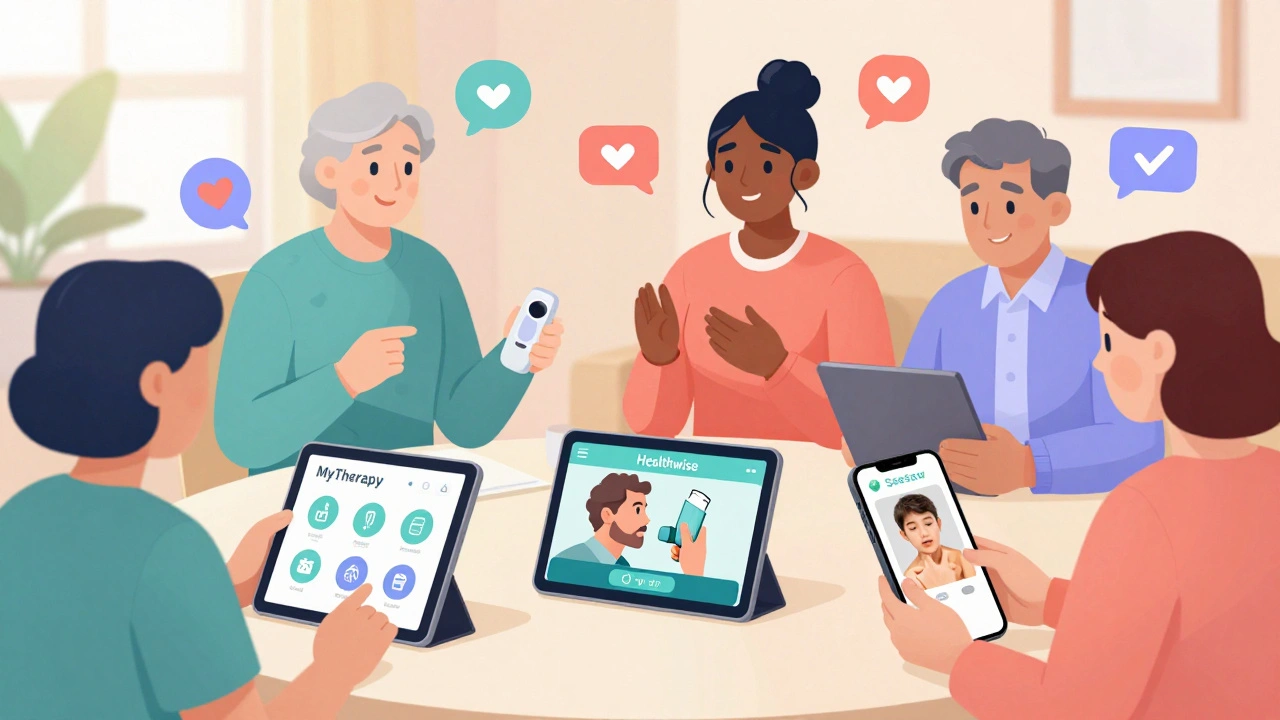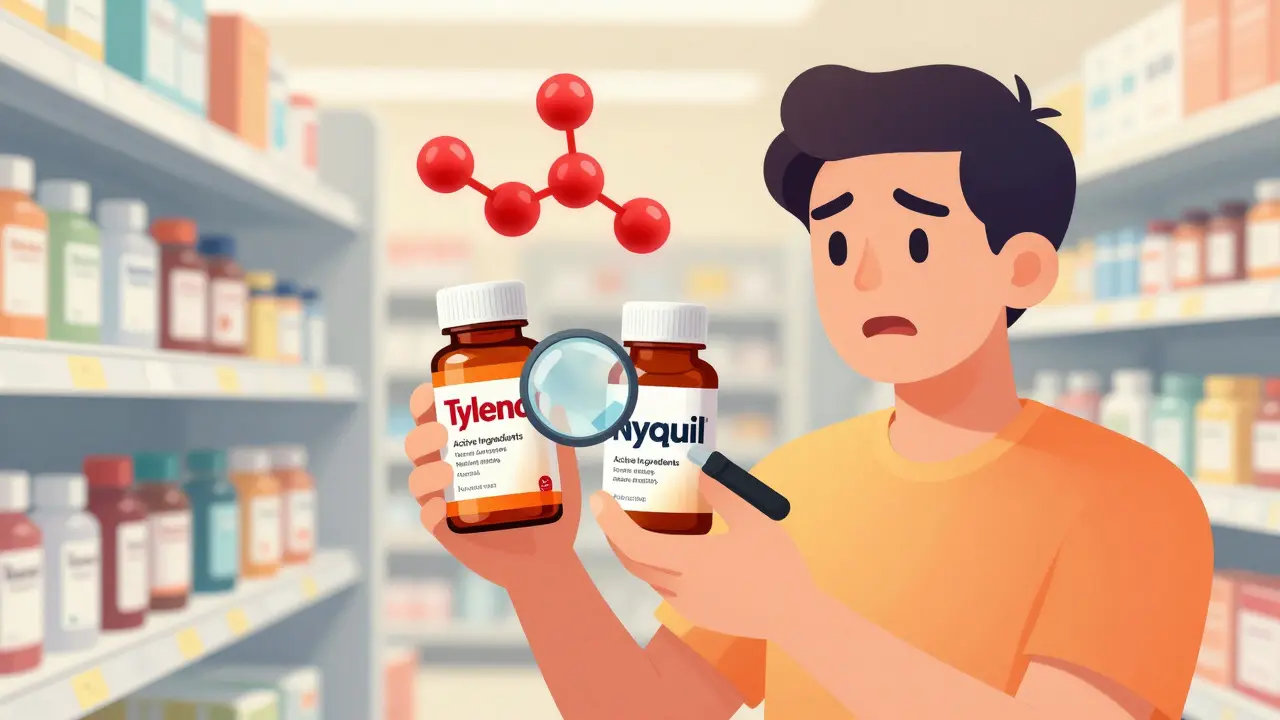Antidepressant options: how to pick the right medication
Feeling stuck choosing an antidepressant is normal. There isn’t a single “best” drug for everyone. This page breaks down the main options, what to expect from each, and simple questions to ask your doctor so you can make a safer, smarter choice.
How the main antidepressant types differ
SSRIs (fluoxetine, sertraline, citalopram) are usually the first choice. They often have fewer immediate side effects and are safer in overdose. Expect 4–8 weeks to notice mood improvements and common early effects like nausea or sleep changes.
SNRIs (venlafaxine, duloxetine) work on serotonin and norepinephrine. They can help when pain or low energy is part of depression. Watch for higher blood pressure with some SNRIs and withdrawal symptoms if stopped suddenly.
Tricyclics (amitriptyline, nortriptyline) are older but effective, especially for severe depression or pain-related conditions. They cause more dry mouth, constipation, and drowsiness, so doctors usually reserve them when SSRIs or SNRIs fail.
MAOIs are rarely used now but can help treatment-resistant cases. They need strict food and drug rules to avoid dangerous interactions.
Atypical antidepressants (bupropion, mirtazapine) offer different side-effect profiles: bupropion tends to be activating and may boost energy and libido, while mirtazapine can increase appetite and help with sleep.
Practical steps to choose and use meds safely
Start with a clear goal: what symptom is most troublesome — low mood, sleep trouble, fatigue, or anxiety? That helps narrow choices. Ask your doctor about benefits, likely side effects, how long until results, and what to do if side effects appear.
Check drug interactions. Give your full list of prescriptions, OTC meds, and supplements. For example, some antidepressants don’t mix well with blood thinners, migraine drugs, or certain herbal supplements like St. John’s Wort.
Plan follow-up. Most doctors schedule a check after 2–4 weeks to monitor side effects, then again at 6–8 weeks to track effectiveness. If there’s no improvement, discuss dose changes or switching medications rather than stopping abruptly.
Consider non-drug options alongside medication. Cognitive-behavioral therapy, exercise, sleep hygiene, and addressing alcohol or substance use all improve outcomes and sometimes shorten the time to feel better.
If side effects are the problem, small changes often help: take meds with food, adjust timing (morning vs night), or try a different class. Never stop suddenly — taper under guidance to avoid withdrawal.
Finally, keep realistic expectations. Most people need a few tries to find the right drug and dose. Ask your provider about written plans for switching, emergency contacts, and what to do if symptoms worsen. That keeps you safe and speeds recovery.






